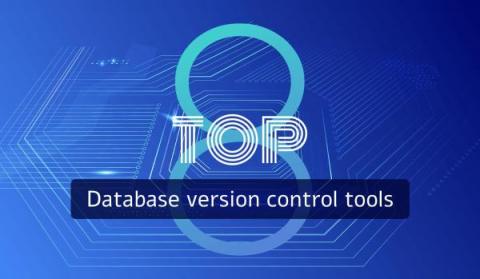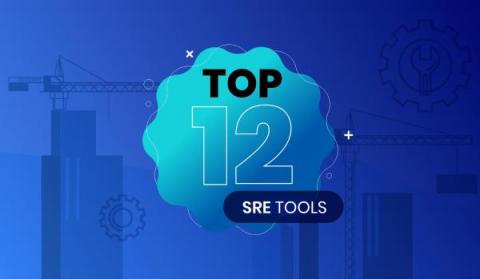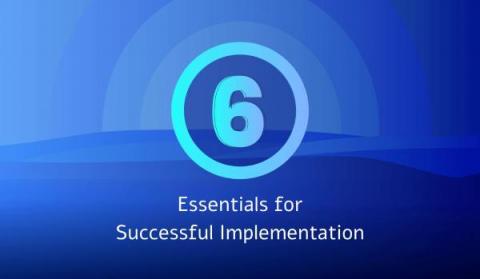The Essential List of Spring Boot Annotations and Their Use Cases
The Spring framework is a robust server-side framework for modern Java-based enterprise applications. Since its introduction in 2003, its advantages have made it one of the most dominant server-side frameworks among many organizations. According to a research study by Snyk in 2020 on the usage of the server-side web frameworks, 50% of the respondents have said they use Spring Boot, and 31% of the respondents use Spring MVC.






